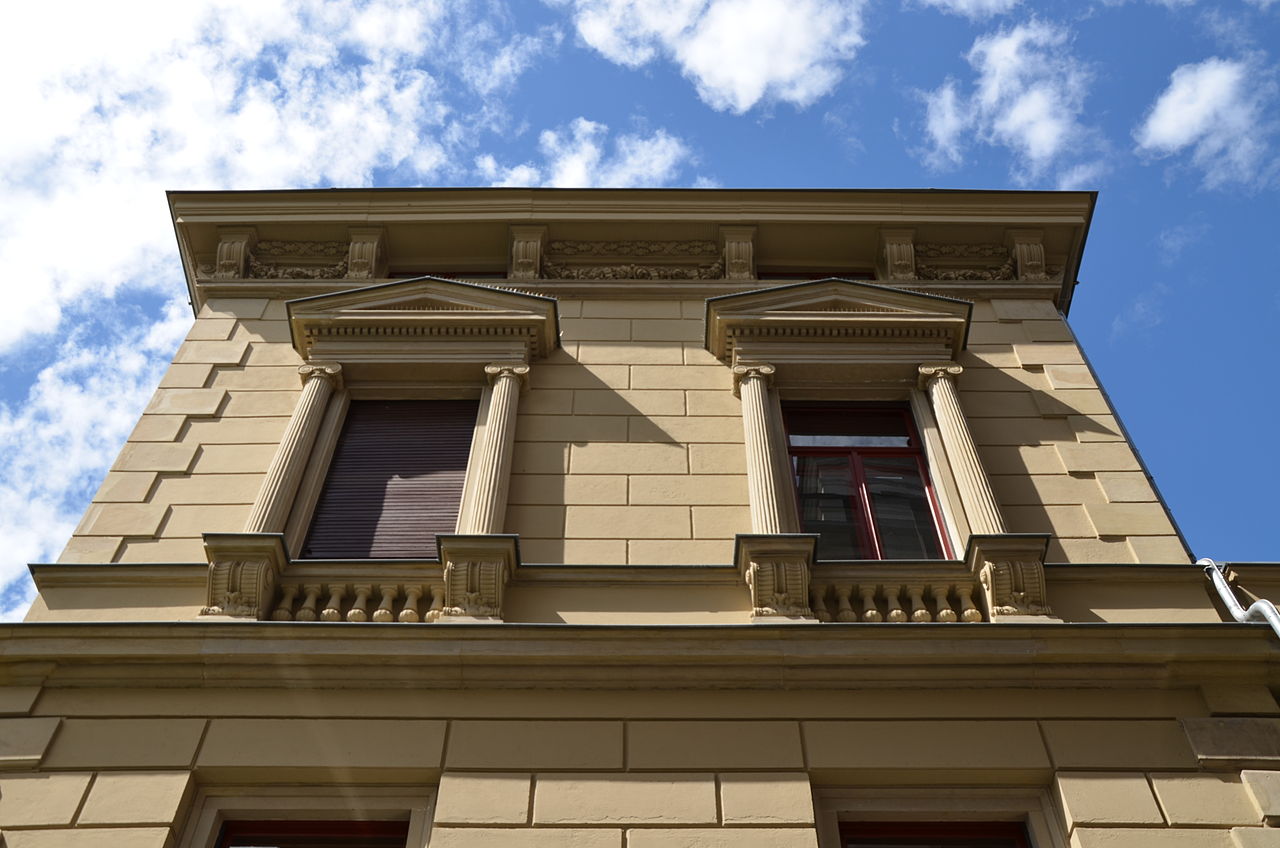
NEOCLASSICISM IN ARCHITECTURE
Τ
he harmony and beauty of the ancient Greek temples never ceased to be important artistic values for mankind. In the history of architecture there is constant recourse to the morphology of the ancient temple in order to endow religious and public buildings with beauty and status. Well known are the classicistic phenomena in Roman art and architecture, during the reigns of Augustus and Hadrian, as well as their return in Europe during the Renaissance and later.
The most faithful imitations of the ancient morphological elements appeared in Western Europe, in the eighteenth and nineteenth centuries, after the study and documentation of the ancient temples in Greece. Thus, many buildings, public and private, that remained as landmarks in the history of architecture, were created in Britain, Germany, America and elsewhere.
After 1830 Classicism was adopted in the newly-founded Greek state which, after the War of Independence, was seeking its cultural identity. Eponymous architects, Greeks and foreigners, animated by the spirit of European Neoclassicism and inspired directly by the ancient monuments, designed and built large and impressive buildings, mainly in Athens, Syros, Patras and Piraeus.
In Greece we have the privilege of being able to see the originals, that is the ancient temples themselves. Although scathed by the ravages of time, these buildings still transmit to us the emotions inspired by the art of the high civilization of Ancient Greece.

